Leveraging APIs for Seamless Carrier and Delivery Service Integration
In today’s fast-paced e-commerce environment, customers demand faster, more efficient delivery options. As a result, online retailers and businesses are turning to Application Programming Interfaces (APIs) to streamline their carrier and delivery service integrations. Leveraging APIs allows companies to offer seamless shipping solutions, automate processes, and provide real-time tracking and updates—all essential features for improving customer experience.
In this article, we will explore how APIs for delivery services can significantly enhance logistics operations, reduce manual tasks, and integrate multiple carriers into a unified system. Whether you’re an e-commerce business owner or a developer seeking to implement API solutions, this guide will provide valuable insights into utilizing APIs for seamless delivery service integration.
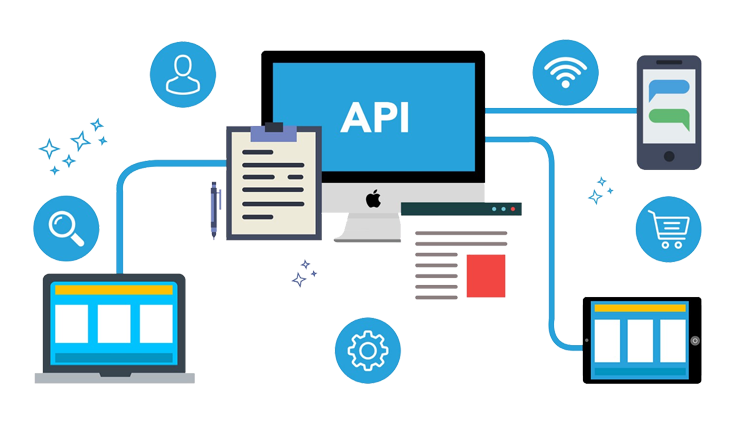
What Are APIs and Why Are They Important for Delivery Integration?
APIs (Application Programming Interfaces) are sets of protocols and tools that allow different software applications to communicate with each other. APIs facilitate data exchange between systems and enable seamless integration between platforms. In the context of carrier and delivery services, APIs connect online stores with logistics providers, allowing businesses to automate various aspects of the shipping process, from order fulfillment to real-time tracking.
By leveraging APIs, businesses can streamline the shipping process, minimize human errors, and offer more efficient service. These integrations help online retailers offer various delivery options, track shipments in real-time, and enhance their customers’ shopping experience.
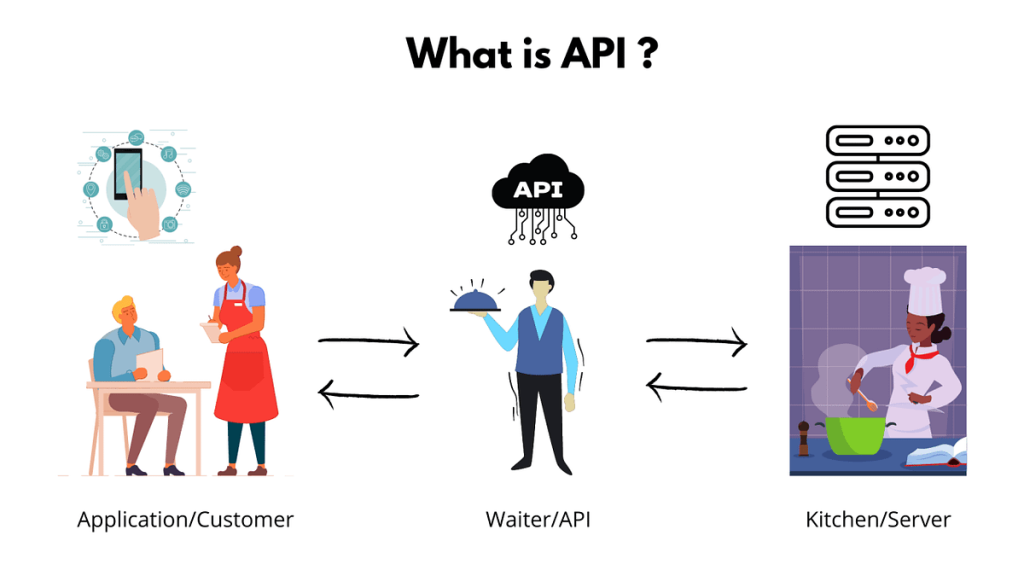
Benefits of Using APIs for Carrier and Delivery Service Integration
- Automated Shipping and Fulfillment
- One of the most significant advantages of API integration is automation. Instead of manually inputting shipping details or switching between different carrier systems, APIs automatically retrieve shipping rates, process orders, and update tracking information in real-time. This automation saves time and reduces human error, making order fulfillment more efficient.
- Real-Time Tracking and Notifications
- Customers today expect to be kept in the loop about their order’s progress. By integrating APIs with delivery carriers, businesses can provide real-time tracking updates directly on their website or app. This integration ensures customers are always informed about the status of their shipments, improving transparency and overall satisfaction.
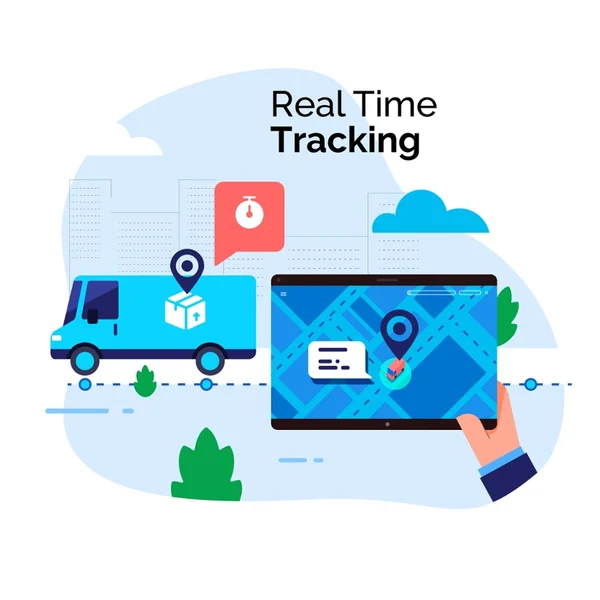
- Multiple Carrier Integration
- Many businesses rely on various shipping providers to meet different needs—such as FedEx, UPS, DHL, or USPS—and each offers different delivery rates, timeframes, and services. APIs allow businesses to integrate multiple carriers into their system, giving customers more options. Whether expedited delivery or international shipping, companies can offer customers a tailored experience by switching between carriers based on price or service availability.
- Cost Efficiency
- With API integration, businesses can easily access real-time shipping rates and select the most cost-effective options for their customers. APIs calculate the shipping costs based on weight, size, destination, and other variables, ensuring that businesses offer competitive rates while optimizing their shipping processes.
- Improved Customer Experience
- Offering fast, reliable, and transparent delivery options enhances the customer experience. Customers can track their orders in real-time, receive timely notifications, and choose from various carriers based on their preferences, which results in greater satisfaction. A seamless API-driven delivery process is critical for maintaining a positive customer relationship and increasing loyalty.
How to Integrate APIs with Carrier and Delivery Services
Choosing the Right Delivery API Provider
The first step in implementing API integration is selecting the right delivery API provider. Many logistics providers offer APIs that allow businesses to connect to their shipping networks. Some popular API providers include:
- ShipEngine: A shipping API that integrates with multiple carriers and provides real-time rates, address validation, and tracking features.
- EasyPost: A platform that connects users with various airlines and provides shipping labels, tracking, and rate comparison.
- ShipBob: An end-to-end fulfillment solution that offers API integrations for inventory management, order fulfillment, and shipping.
When selecting an API provider, consider factors like carrier options, delivery speeds, reliability, and cost.
Integrating the API with Your E-Commerce Platform
Once you’ve chosen an API provider, the next step is to integrate it with your e-commerce platform, whether it’s Shopify, WooCommerce, or a custom-built website. Many e-commerce platforms offer pre-built API integrations or plugins that make it easy to connect with delivery services. If you’re using a custom-built site, you may need a developer to help integrate the API into your order management system.
Testing the API Integration
Before going live with your API integration, thoroughly test it to ensure that shipping rates, tracking, and order fulfillment are working correctly. During testing, check if the API correctly pulls shipping data, calculates rates accurately, and updates tracking information in real time. Proper testing will ensure the smooth running of the delivery system once it’s live.
Setting Up Notifications and Tracking Features
Once the API integration is complete, set up automated tracking notifications for your customers. Integrating delivery service APIs allows you to send automated notifications regarding shipment status, expected delivery dates, and any delays. This improves the customer experience by keeping them informed and reducing support queries related to order tracking.
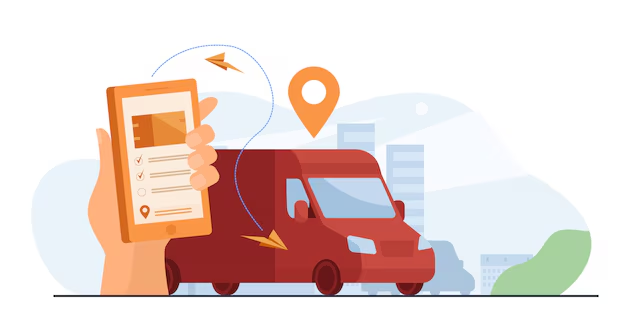
Monitor and Optimize the Integration
API integrations are not set-and-forget solutions. Regularly monitor the system for potential issues and optimize the integration based on feedback and performance data. This could involve adding new carriers, adjusting rates, or improving tracking accuracy. Enhancing the API integration ensures your business remains competitive in the ever-evolving e-commerce space.
The Future of Delivery API Integration
As e-commerce continues to grow, the role of API-driven delivery integrations will only become more critical. The demand for real-time updates, fast delivery times, and a seamless shopping experience will continue to shape the logistics industry. Businesses that embrace API integrations can stay ahead of the curve, offering innovative and reliable delivery solutions to meet their customers’ needs.
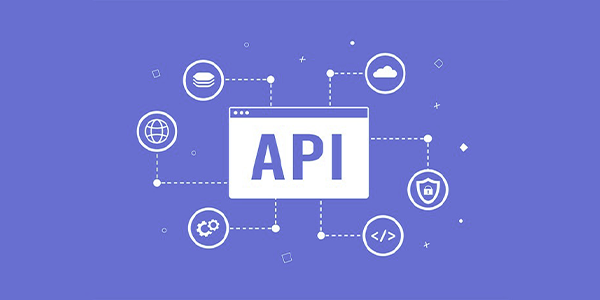
Conclusion
Leveraging APIs for seamless carrier and delivery service integration is no longer optional—it’s necessary for businesses aiming to stay competitive in the fast-paced world of e-commerce. APIs provide the tools to automate shipping, offer real-time tracking, and integrate multiple carriers, all while reducing costs and enhancing the customer experience. By combining APIs, businesses can streamline logistics operations, improve efficiency, and satisfy customers.
For e-commerce businesses, embracing this technology is a key step toward future-proofing their shipping processes and offering the seamless, reliable delivery experience that modern consumers expect. Whether you’re looking to integrate a new carrier or optimize your existing system, APIs provide the flexibility and scalability needed to grow your business in the digital age.
Industry Insights
news via inbox
Nulla turp dis cursus. Integer liberos euismod pretium faucibua







